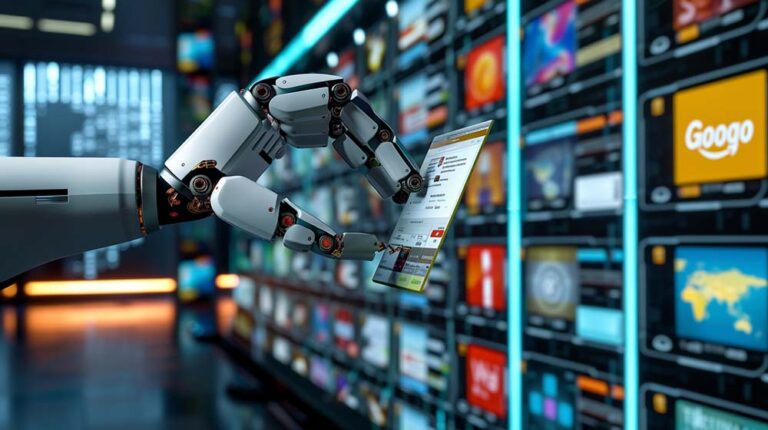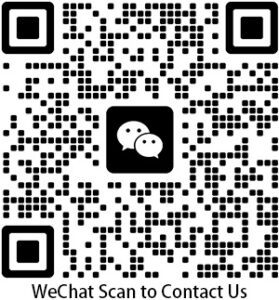In today’s information age, data is often referred to as the new oil, its value becoming increasingly apparent for businesses, governments, and individuals alike. As a crucial part of the data value chain, data scraping relies heavily on innovative technologies to drive its development. This article will delve into innovative technologies for data scraping and examine their applications and prospects across various fields.
1. Challenges of Traditional Data Scraping Techniques
Traditional data scraping techniques face numerous challenges:
- Dispersed data sources, difficult to integrate: Traditional data scraping involves collecting data from various sources with different formats and structures, making it challenging to unify and maintain data quality.
- High acquisition costs: Manual scraping or purchasing specialized data requires significant manpower and financial resources, resulting in high costs.
- Insufficient real-time data: Some fields demand real-time data, which traditional data scraping techniques struggle to provide.
In response to these challenges, data scientists and engineers are constantly exploring innovative technologies to meet the increasing demand for data.
2. Driving the Evolution of Data Scraping with Innovative Technologies
2.1 Automated Data Scraping Technology
Automated data scraping technology utilizes machine learning, natural language processing, and other techniques to automatically collect and parse data from various sources such as web pages, documents, and images. This significantly improves the efficiency and accuracy of data scraping. For example, web scraping technology can automatically collect data from the internet and filter and organize it according to predefined rules, providing rich data resources for subsequent analysis.
2.2 Internet of Things (IoT) Technology
IoT technology connects various sensors and devices to the internet, enabling real-time monitoring and data scraping of the physical world. Through IoT technology, real-time data on various devices and environmental parameters can be obtained, providing rich real-time data support for smart cities, smart transportation, smart manufacturing, and other fields.
2.3 Edge Computing Technology
Edge computing technology moves data processing capabilities from traditional centralized data centers to the network edge, enabling real-time processing and analysis of data. Edge computing technology can perform initial data processing and analysis while collecting data, reducing data transmission and storage costs, and improving the efficiency and real-time nature of data processing.
2.4 Blockchain Technology
Blockchain technology ensures the security and trustworthiness of data through a decentralized distributed ledger mechanism, providing new solutions for data scraping. Adopting blockchain technology can ensure the source and integrity of data, prevent data tampering and forgery, and provide more reliable guarantees for data scraping.
In addition to these technologies, there are products like Pangolin Scrape API, which offer features such as a scraping rate of over 98% for sponsored ads and targeted scraping by postal code, further driving the development of data scraping technology.
3. Applications and Prospects of Innovative Technologies in Various Fields
3.1 Business Sector
In the business sector, innovative data scraping technologies can help enterprises achieve precise marketing, user behavior analysis, supply chain optimization, and other goals. By monitoring market dynamics and user behavior in real-time, enterprises can adjust product and marketing strategies in a more timely manner, enhancing market competitiveness.
3.2 Healthcare Sector
In the healthcare sector, innovative data scraping technologies can help doctors monitor patients’ health status in real-time, improving the accuracy of diagnosis and treatment. Through IoT technology and edge computing technology, real-time monitoring and analysis of patients’ physiological parameters can be achieved, enabling timely detection of abnormalities and corresponding measures.
3.3 Urban Management Sector
In the urban management sector, innovative data scraping technologies can help governments monitor urban traffic, environment, energy, and other data in real-time, optimizing urban management and public services. Through IoT technology and blockchain technology, intelligent monitoring and management of urban infrastructure can be achieved, improving the efficiency and safety of urban operations.
4. Conclusion
With the continuous development of information technology, data scraping technology is also innovating and advancing. Automated data scraping technology, IoT technology, edge computing technology, blockchain technology, and other innovative technologies are driving the progress of data scraping, improving the accuracy, real-time nature, and security of data, and demonstrating broad application prospects in business, healthcare, urban management, and other fields.
In the future, with the continuous maturation and application of new technologies such as artificial intelligence, big data, and cloud computing, data scraping technology will continue to play an important role, injecting new vitality and impetus into the development of various fields.




